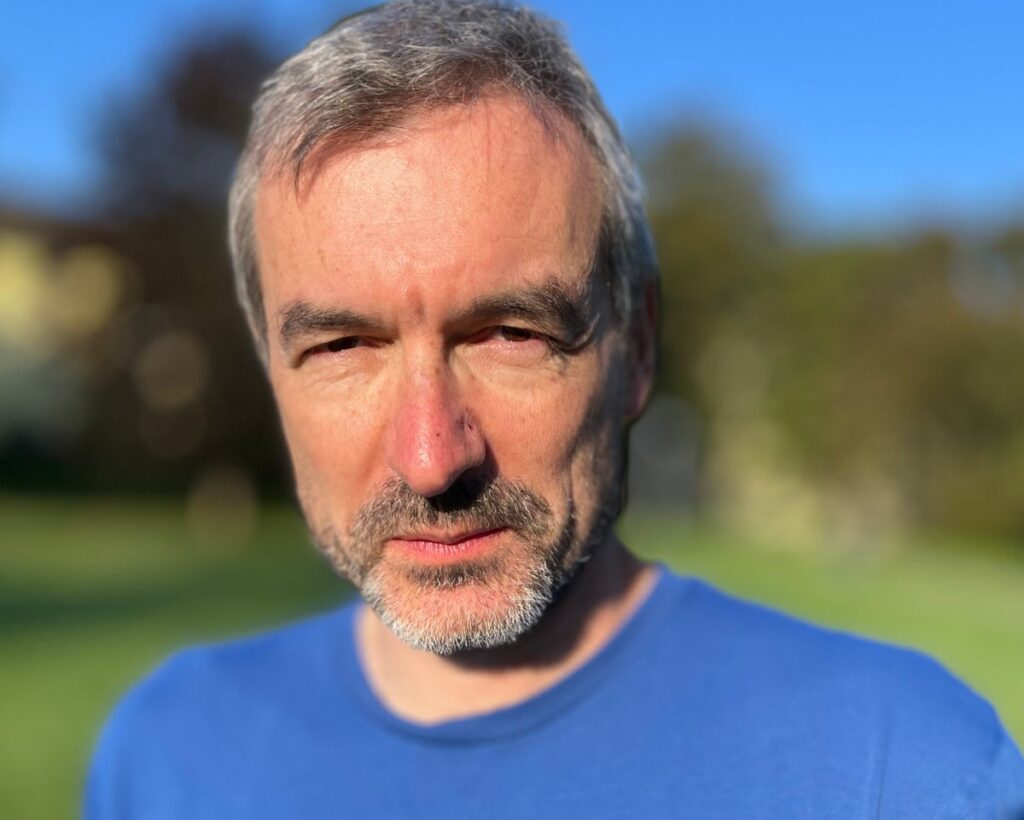Breakthrough in the Geometric Langlands Program: Insights from Dennis Gaitsgory
Overview of the Langlands Program
The Langlands program, initiated by Robert Langlands in 1967, is often referred to as the “grand unified theory of mathematics” due to its aspirations to tie together various areas within the discipline, particularly number theory and harmonic analysis. With advancements in the 1990s, the program diverged into what is now known as the geometric Langlands program, establishing connections between geometry and harmonic analysis.
Recent Breakthrough
In a remarkable achievement in 2024, Dennis Gaitsgory of the Max Planck Institute for Mathematics, alongside eight collaborators, made significant strides within this program. Their work, presented across five preprint papers totaling nearly 1,000 pages, demonstrated a correlation between a variety of geometric objects and fundamental calculus quantities. Gaitsgory’s outstanding contributions were recognized with the prestigious Breakthrough Prize in Mathematics, which includes a monetary award of $3 million.
Gaitsgory’s Journey and Perspectives
Gaitsgory has dedicated the past three decades to exploring the geometric Langlands program. When discussing the pivotal moment in 2022 when a former graduate student, Sam Raskin, made a substantial discovery confirming the nonzero nature of a crucial concept, Gaitsgory stated:
“After this, it was clear that we would be able to work out a proof.”
Emotional Responses to Scientific Endeavors
Reflecting on the discovery, Gaitsgory described his reaction as one of happiness rather than a dramatic eureka moment, noting, “I’ve always perceived it as some kind of long-term project for self-entertainment.” He explained that while the recent accomplishment attracted attention, it represented only one step in a much larger and ongoing journey.
Collaborative Efforts and Unique Challenges
The extensive proof was primarily written by Gaitsgory during a recovery period from a skiing injury. He humorously recounted being productive while watching Star Wars with his son:
“Initially, some sections in our papers were named after Star Wars episodes.”
However, as he continued to craft the proof, collaboration with his colleagues was essential to address the myriad of complexities and fill in necessary theoretical gaps.
Engagement with Young Mathematicians
Gaitsgory expressed hope for the future of the geometric Langlands program, suggesting that increased exposure through workshops and lectures could invite new talent into the field. He highlighted the need for fresh perspectives:
“I would be very excited to see new ideas.”
Educational Outreach
To inspire the next generation, Gaitsgory planned to speak at various academic events, discussing foundational concepts in derived algebraic geometry, which are crucial for understanding the geometric Langlands program.
The Path Forward
Even with a significant breakthrough behind them, Gaitsgory conveyed that the journey continues. He mentioned, “I am trying to generalize our work… We know what we want,” indicating a drive to expand upon their findings, despite the challenges that lie ahead.
Conclusion
The recent advances in the geometric Langlands program signal not just a milestone in mathematical research but also an opportunity for greater involvement from the mathematical community. As Gaitsgory himself suggests, the vitality of mathematics hinges upon its continual evolution and the infusion of new ideas.
This article was based on an interview originally published in Spektrum der Wissenschaft.


